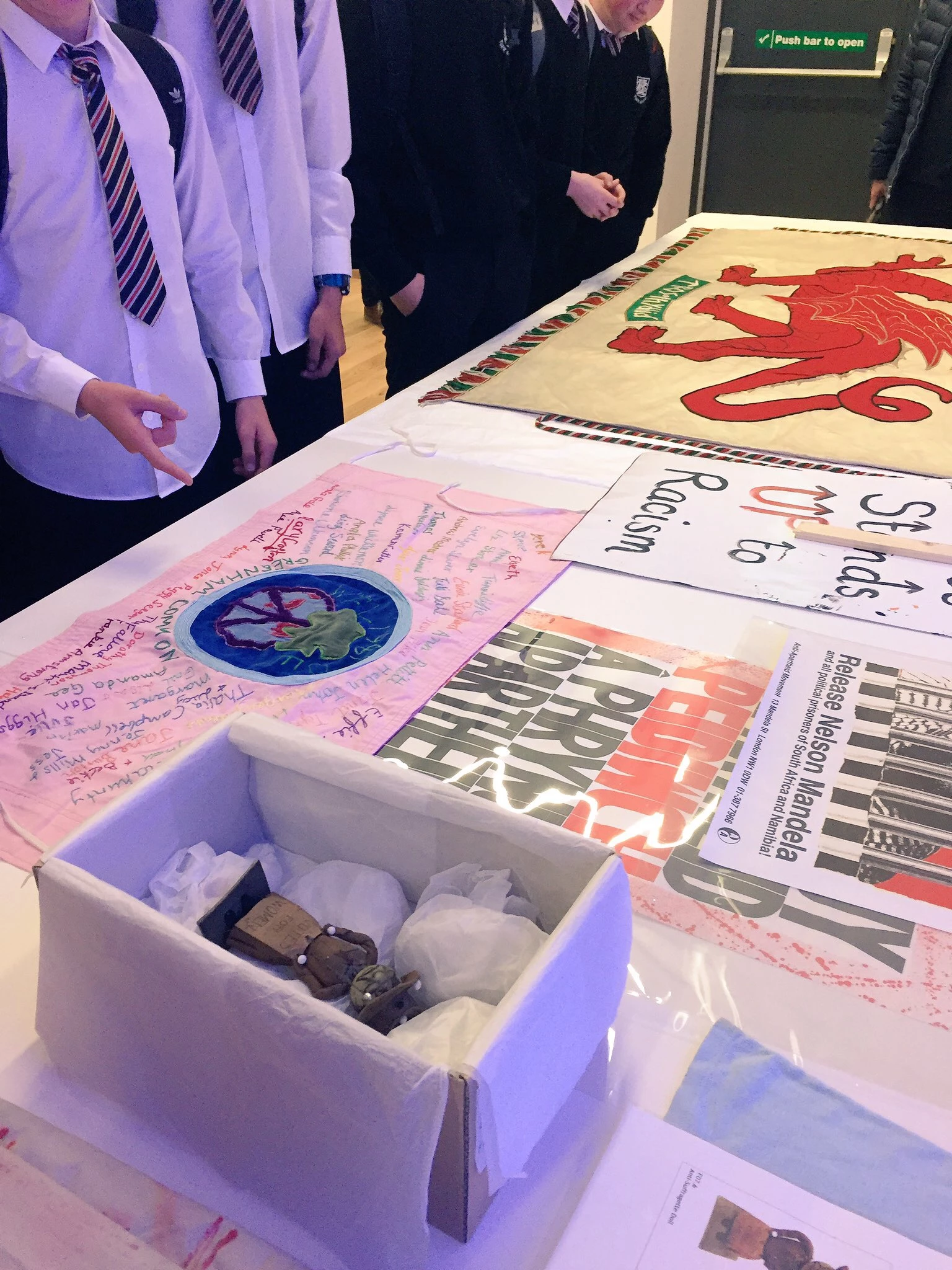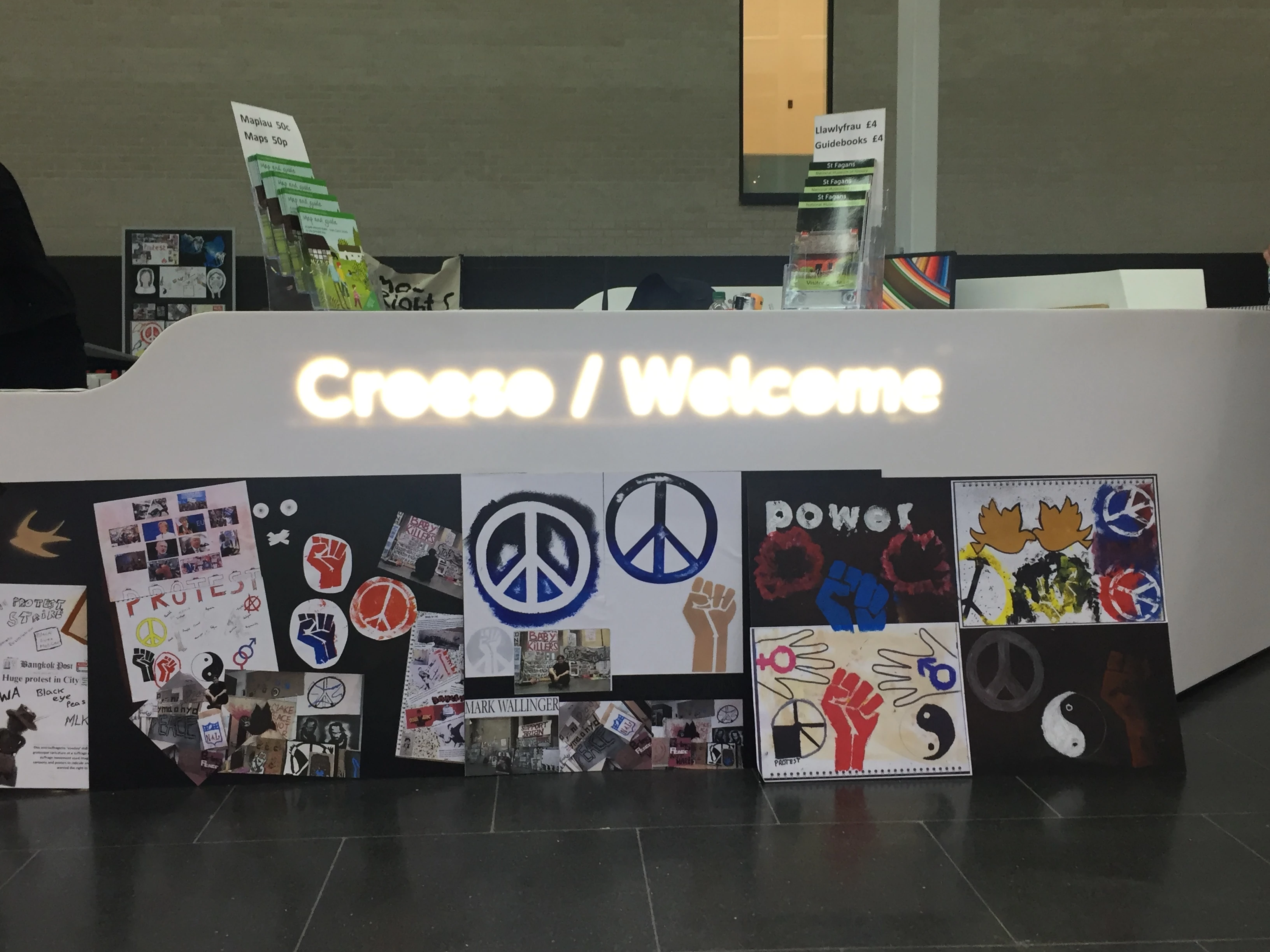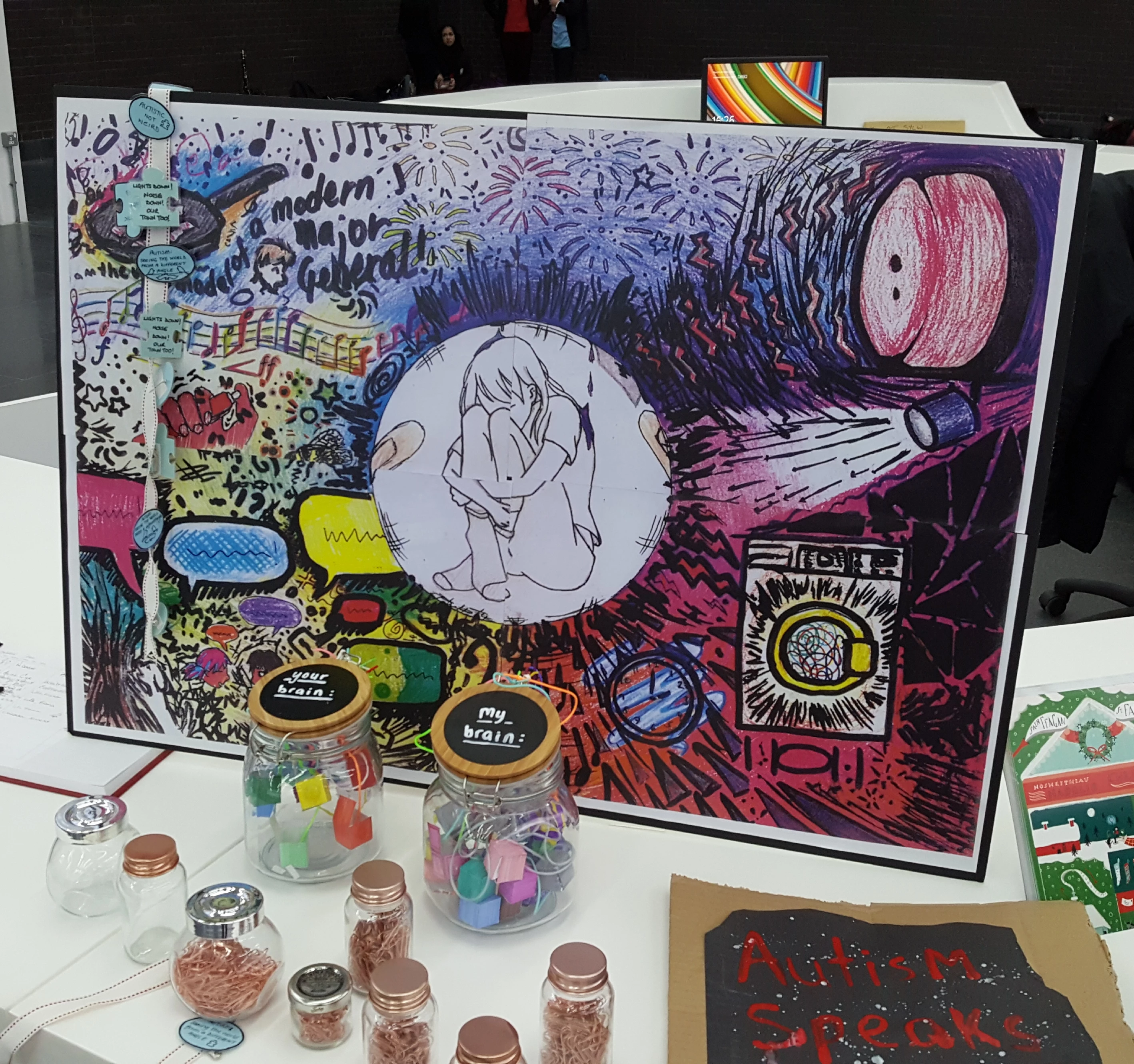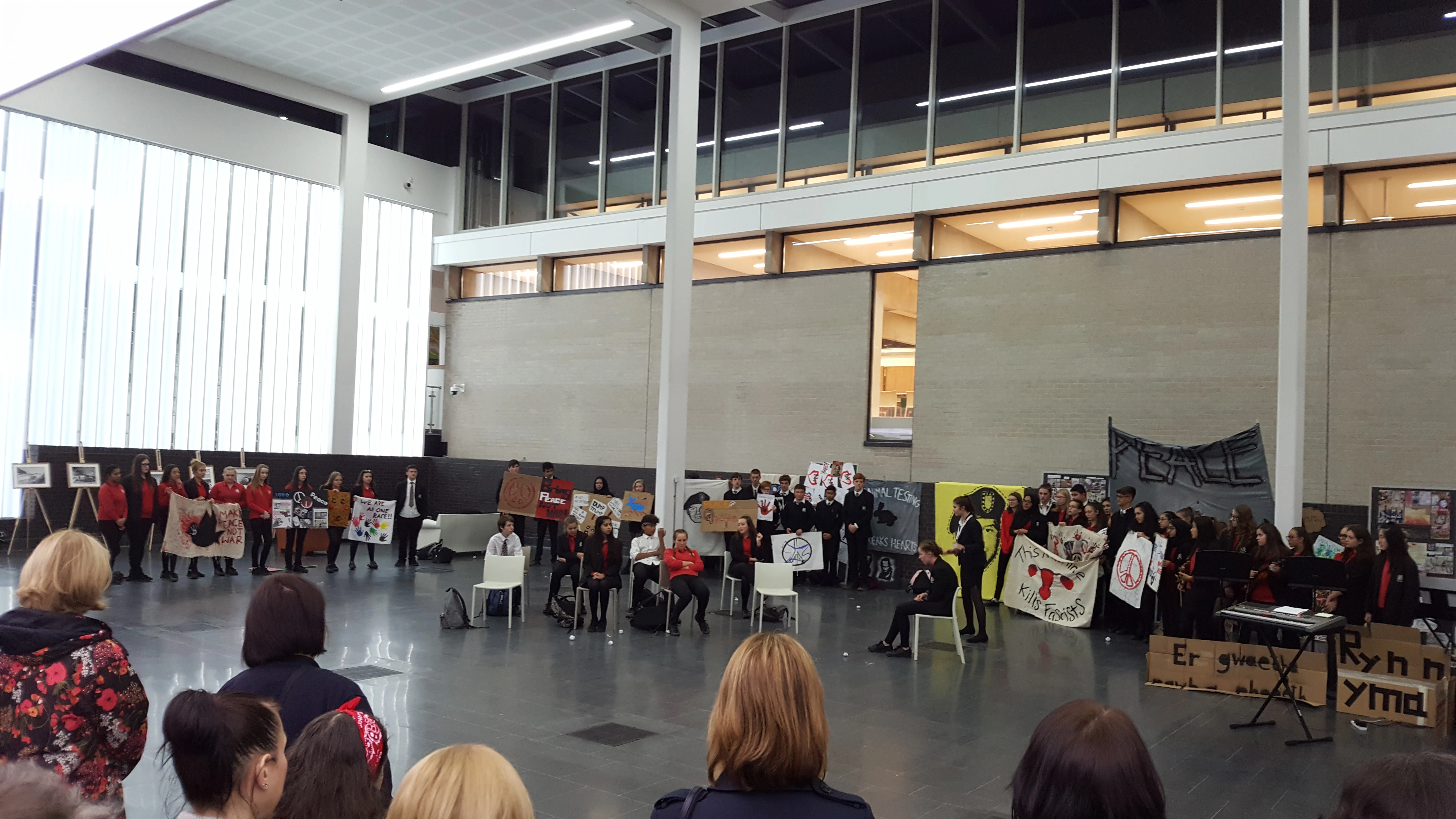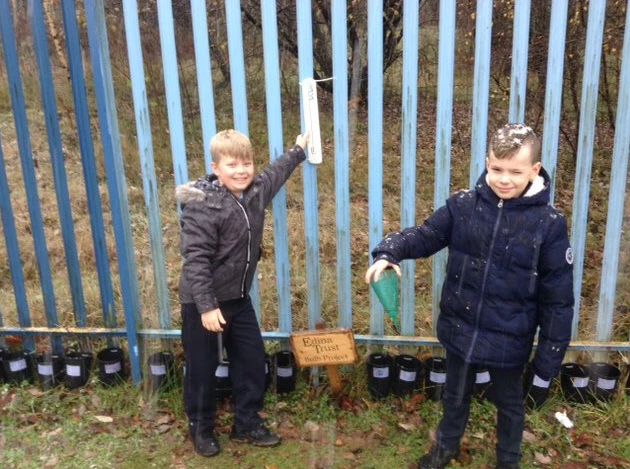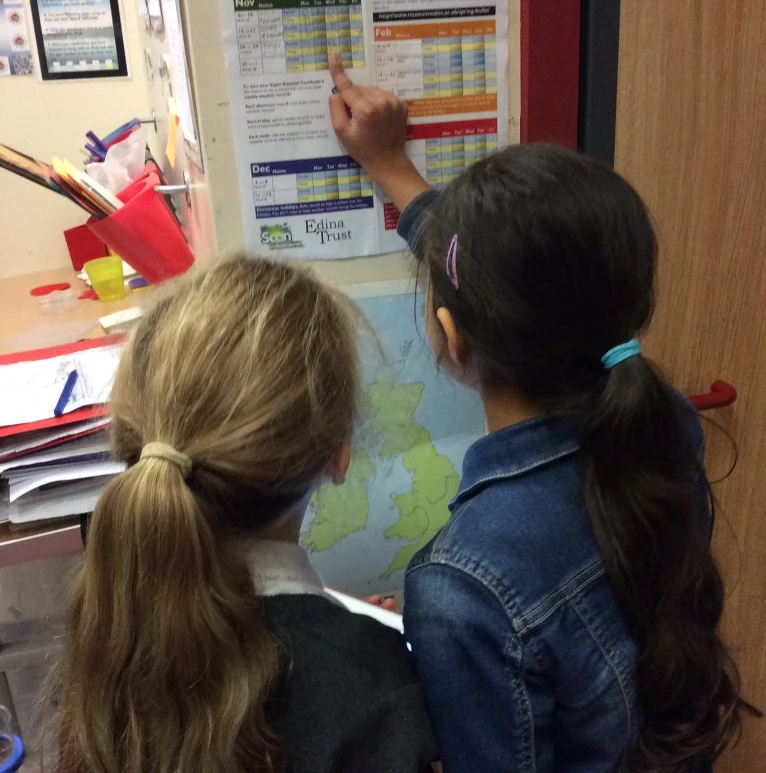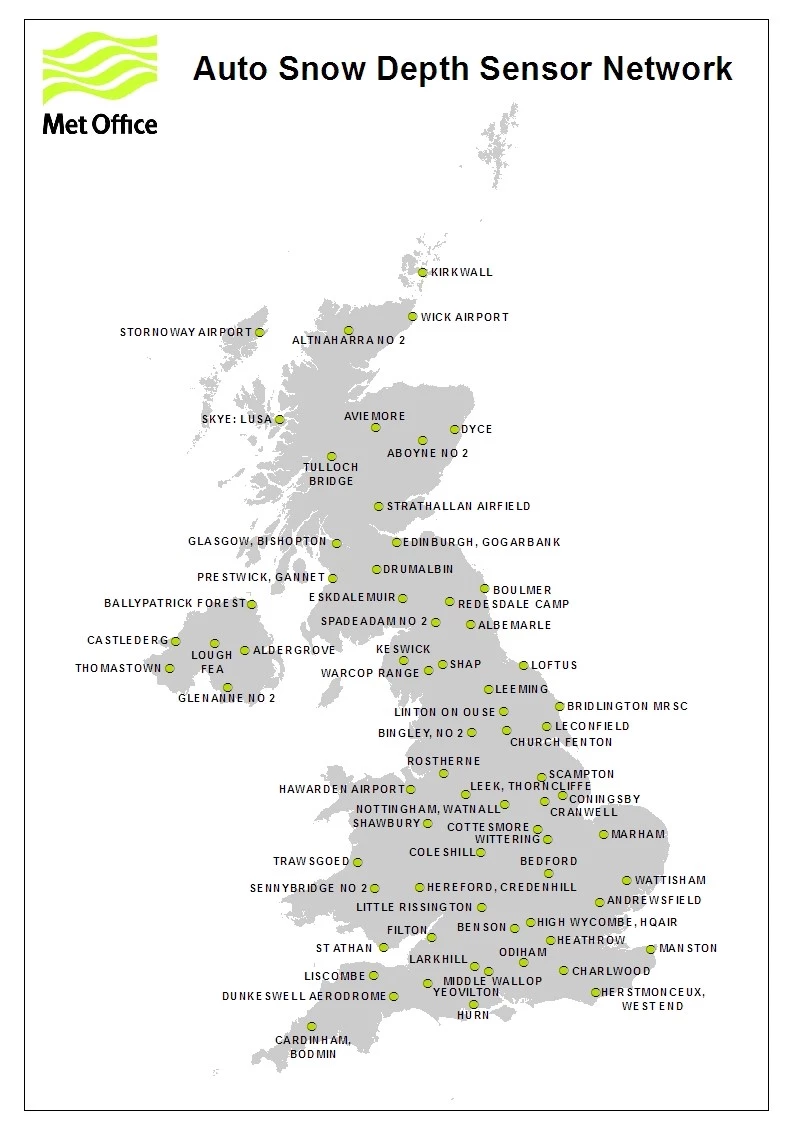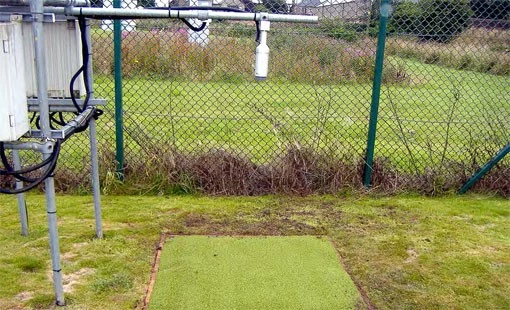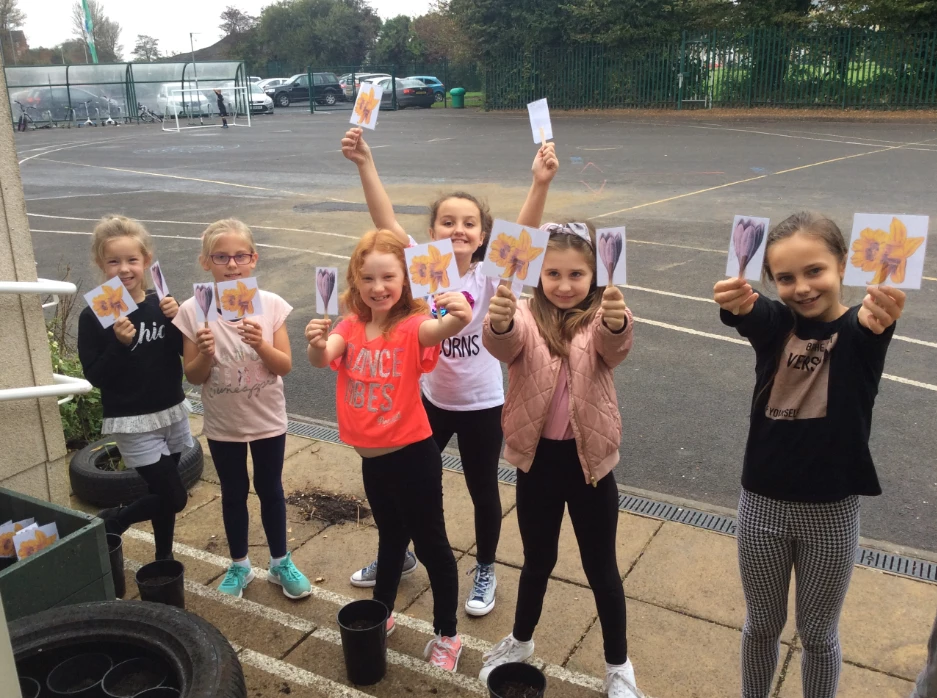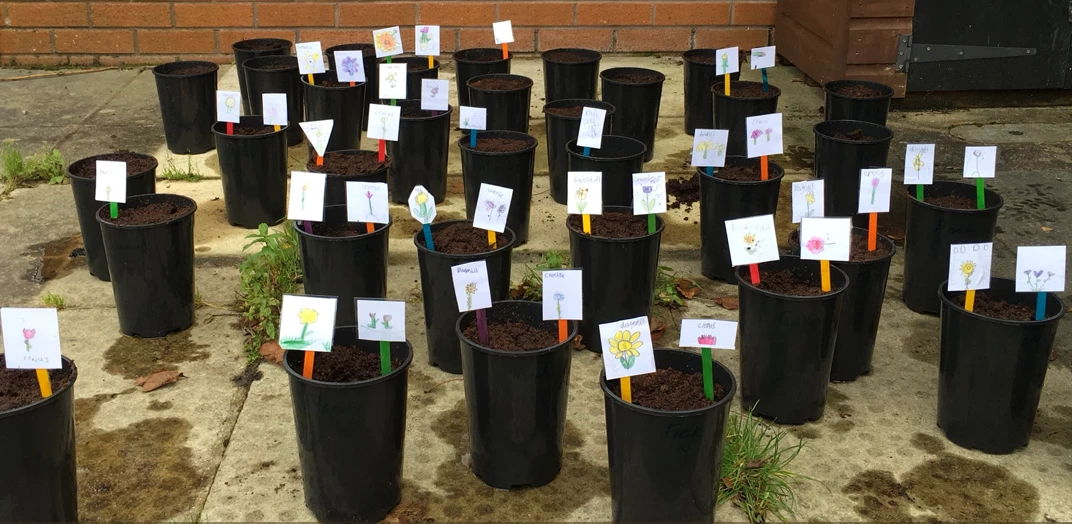Helo Cyfeillion y Gwanwyn,
Diolch am rannu eich sylwadau gyda'r data tywydd wythnos dwytha. Rwyf wedi atodi rhai yn isod. Mae llawer ohonoch yn ddweud bod y tywydd wedi oeri a bod 'na mwy o law. Mae rhai ohonoch chi hyd yn oed wedi cael eira! Dyma pam dwi am esbonio sut mae meteorolegwyr (gwyddonwyr tywydd) yn mesur eira.
Mae mesur faint o law sy’n disgyn yn hawdd o’i gymharu â mesur faint o eira sy’n disgyn. Fydd eira ddim yn bihafio! Bydd yn aml yn cael ei chwythu gan y gwynt ac yn lluwchio, sy’n golygu bod yr eira’n ddwfn mewn mannau ond yn llawer llai dafliad carreg i ffwrdd. Oherwydd bod yr eira’n disgyn yn anghyson, bydd y mesuriadau o’r llefydd yma’n anghywir! Dyna pam mae’n rhaid mesur mewn mannau gwastad, agored ymhell o ble fydd eira’n lluwchio. Bydd eira hefyd yn chwarae gemau gyda’r Meteorolegwyr sy’n ceisio ei fesur – bydd yn toddi’n ddŵr, cyn rhewi fel iâ. Felly dyw’r eira sy’n cael ei fesur ddim bob tro yn cyfateb i faint o eira sydd wedi disgyn. Mae eira newydd yn disgyn ar ben hen eira hefyd, ac mae’n anodd dweud faint o eira sydd wedi disgyn o un diwrnod i’r llall.
Mae’n rhaid i’r meteorolegwyr gofio holl driciau’r eira a meddwl am ffyrdd i ddarganfod faint o eira sydd wedi disgyn. Byddan nhw’n edrych ar gwymp eira (faint o eira sy’n disgyn mewn diwrnod) a dyfnder eira (cyfanswm dyfnder yr eira, hen a newydd). Un ffordd o fesur cwymp eira yw gyda ffon bren. Bydd y meteorolegwr yn gosod y pren mewn lleoliad agored lle na fydd eira’n lluwchio ac yn mesur yr eira bob chwech awr. Drwy glirio’r eira o’r pren ar ôl ei fesur, dim ond eira’r diwrnod hwnnw fydd yn cael ei fesur, a gall y gwyddonydd ddweud faint o eira sydd wedi cwympo ar y diwrnod hwnnw.
Gallwn ni hefyd fesur eira wedi toddi ar ffurf dŵr. Gallwch chi felly ddefnyddio’ch mesurydd glaw i fesur cwymp eira. Os taw dim ond ychydig o eira sy’n cwympo, bydd yn toddi yn y mesurydd beth bynnag, ond os yw hi’n bwrw’n drwm, ewch â’r mesurydd i mewn ac aros iddo doddi’n ddŵr. Gallwch chi wedyn fesur y dŵr fel rydych chi wedi’i wneud bob wythnos, a’i gofnodi fel glawiad yn eich cofnodion tywydd.
Os oes eira ar lawr a bod digon o amser i arbrofi, beth am fynd ati i fesur dyfnder yr eira? Y cyfan sydd ei angen arnoch chi yw pren mesur (neu pren eira os ydych chi am siarad fel gwyddonydd gwych!). Gwthiwch y pren i’r eira tan ei fod yn cyffwrdd y ddaear a chofnodi pa mor ddwfn yw’r ddaear fesul milimedr. Rhaid i chi fesur o arwyneb gwastad (fel mainc) mewn lle agored lle nad yw’r eira’n lluwchio. Rhaid i chi gofnodi o leiaf tri mesuriad i gyfrifo dyfnder cyfartalog yr eira lleol. Cyfrifwch y cyfartaledd drwy adio’r cofnodion gwahanol a’u rhannu gyda’r nifer o gofnodion. Os ydw i’n cofnodi tri dyfnder o 7cm, 9cm a 6cm, rhaid i fi adio pob rhif (7 + 9 + 6 = 22) cyn rhannu gyda 3 (22 / 3 = 7.33). Dyfnder cyfartalog yr eira felly yw 7.33cm.
Mae gorsafoedd tywydd fel y Swyddfa Dywydd (MET Office) wedi troi at dechnoleg i ddyfeisio dulliau newydd o fesur dyfnder eira. Edrychwch ar y llun o un o orsafoedd eira’r Swyddfa Dywydd. Mae nhw’n defnyddio synwyryddion laser i fesur dyfnder yr eira ar yr arwyneb gwastad. Gall meteorolegwyr gasglu data o bob cwr o’r wlad wrth wasgu botwm – llawer haws a mwy dibynadwy nag anfon pobl allan i’r oerfel gyda phren eira! Mae pob un o orsafoedd eira’r Swyddfa Dywydd i’w gweld ar y map – oes un yn agos atoch chi?
Os yw hi wedi bwrw eira, cofiwch fesur y cwymp gyda’r mesurydd glaw neu’r dyfnder gyda phren eira a nodi’r canlyniadau fel ‘Sylwadau’ wrth uwchlwytho eich cofnodion wythnosol. Bydd yn ddiddorol cymharu dyfnder yr eira â chwymp yr eira yn y mesurydd glaw!
Daliwch ati Gyfeillion y Gwanwyn,
Athro’r Ardd
Eich sylwadau o wythnos tri:
Ysgol Y Traeth: Wedi bwrw glaw llawer ac wedi bod yn wyntog ofnadwy.
Athro’r Ardd: Diolch am rannu eich sylwadau tywydd Cyfeillion.
Ysgol Beulah: Mae'n llawer oerach heddiw na oedd e llawer mwy or wythnos.
Athro’r Ardd: Helo, dywedodd ysgolion eraill mai dydd Gwener oedd eu diwrnod oeraf nhw hefyd. Diolch am rannu eich sylwadau tywydd.
Ellel St John's CE Primary School: We had record amounts of rainfall on Wednesday 22nd November that resulted in major flooding. Our village (Galgate) was on the local and national news.
Athro’r Ardd: I’m sorry to hear you’ve had such bad flooding Bulb Buddies! I did hear about this on the news, and other schools have commented to say that they were affected too. Thank you for informing me of how extreme the weather has been in your area.
Arkholme CE Primary School: This week it has flooded the garden and also the playground. As you can see, there has been quite a lot of rainfall and it has been quite chilly. Lancaster had the most rainfall recorded in one day ever.
Athro’r Ardd: Hi Bulb Buddies, I heard about flooding in your area on the news. I hope the school grounds have drained now and that you are able to play outside again. Keep me updated!
Henllys CIW Primary: On Wednesday actual rainfall 22mm.
Athro’r Ardd: Thank you for the detailed weather report Bulb Buddies.
Canonbie Primary School: It has been a busy week as in rehearsal mode for our school show. It has rained more this week. It has been icy and cold.
Athro’r Ardd: Your comment is very Christmassy! I hope your school show goes well Bulb Buddies.
Auchenlodment Primary School: There was torrential rain on Monday night and we even had snow on Friday. It's beginning to look like Christmas!
Athro’r Ardd: I hope you enjoyed the snow Bulb Buddies.
Carnbroe Primary School: We were off on Monday. We have had lots of different weather this week. It has been very wet, frosty and on Friday it snowed. We checked our plants and although they were a bit wet they were still fine.
Athro’r Ardd: Your bulbs are very hardy and will be fine with some cold weather. Well done for checking on them, and thank you for sharing your observations of the week’s weather!
YGG Tonyrefail: Wet week professor plant!!
Athro’r Ardd: Your rain fall readings testify to that as well Bulb Buddies. Keep up the good work.
Ysgol Bro Pedr: Very wet week.
Athro’r Ardd: You’re not the only ones to report an increase in rain fall Ysgol Bro Pedr, I’m interested to see if this continues into next week!
Inverkip Primary School: Will our plants grow well with this temperature and rainfall? We think our plants will grow well because they are getting used to a new temperature and are not getting too much rainfall.
Athro’r Ardd: Hi Bulb Buddies, your plants are very sturdy and are nice and snug in the earth. Your temperature and rainfall from this week will be perfect for them, it’s only extreme weather conditions that would prove difficult for them!
St Paul's CE Primary School: Rainy and windy days, with heavy rain 23.11.17 overnight (22.11.17). Frosty on each of the mornings.
Athro’r Ardd: Thank you for your weather observations Bulb Buddies. I can see that your readings show a much wetter week than in week two.
Peterston super Ely Primary School: The children were amazed by Tuesday's rainfall result!
Athro’r Ardd: That is quite a high reading! I’m glad they are enjoying the project.
Bacup Thorn Primary School: The weather is really cold this week. Friday has been the coldest. We might get snow this weekend.
Athro’r Ardd: Hi Bacup ThornPrimary, gosh it has been a cold week for you. I hope you are wrapping up warm to take your weather readings!
Ysgol Casmael: First frost today
Athro’r Ardd: Do you think you will have snow before Christmas Bulb Buddies?
Ysgol Iau Hen Golwyn: There has not been a lot of rain this week and the temperature has been going down each day and then on the last day it went up one as well.
Athro’r Ardd: Hi Bulb Buddies, it sounds as though you got of lightly in terms of rainfall compared to a lot of other schools! Thank you for your weather observations.
Darran Park Primary: We have had lots of rain with quite high temperatures except for Friday where the temperature was a lot colder with no rain
Athro’r Ardd: Thank you for your observations Bulb Buddies.





